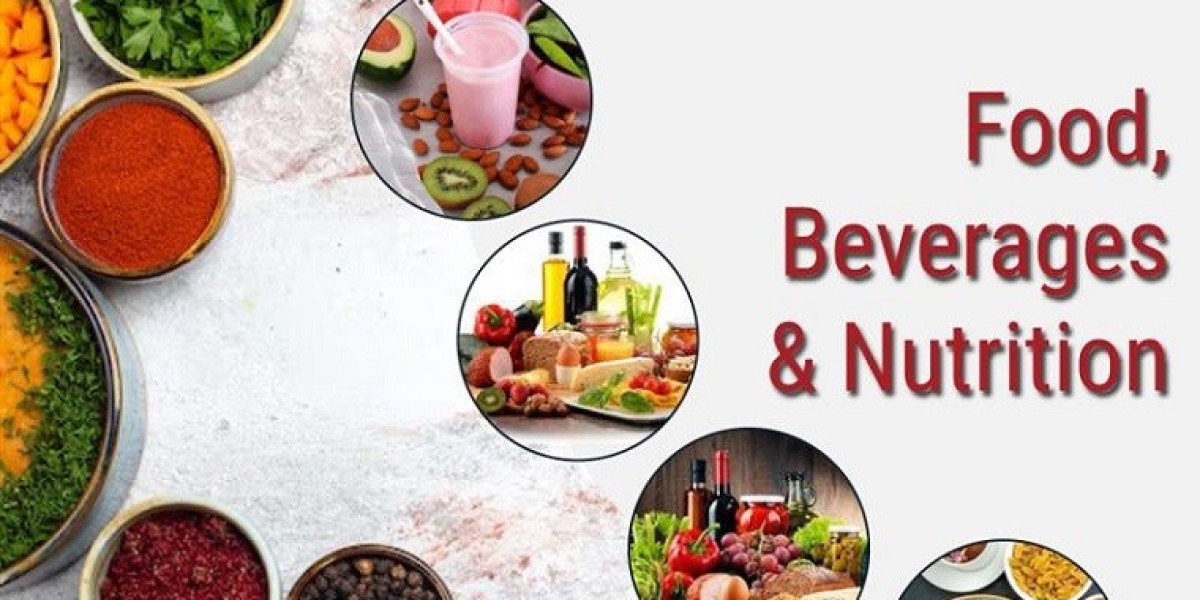The flavored syrups market is global, but regions differ widely in growth rates, preferences, regulatory climates, and opportunity zones. Based on MRFR data and related studies, here’s a regional guide to where flavored syrups are growing, and why.
Asia-Pacific: Fastest Growth & Emerging Trends
Asia-Pacific is projected to be one of the fastest-growing regions in flavored syrups demand. Rising incomes, economic growth, expanding café / foodservice sectors, increasing urbanization, and greater exposure to international drink/dessert trends are key drivers.
China is a standout: in 2024, China’s flavored syrup market was valued at USD 2,256.67M and is expected to reach ~USD 3,934.63M by 2032 at ~7.2% CAGR.
India is also growing rapidly, both in café culture and retail demand for syrups in beverages and desserts. Local flavors, affordability, and distribution are key levers.
North America: Mature Market, Innovation Leader
North America holds a major share of the market, with strong presence of established brands, high consumer expectations, and willingness to experiment with flavors and healthier variants.
Retail + online channels are strong, as is foodservice. However, regulatory and health concern pressure (sugar, artificial ingredients) can shape product formulations.
Europe: Flavor Sophistication & Regulatory Pressure
European consumers demand quality, authenticity, natural or organic formulations. Coffee and dessert culture is strong, thus supporting use of flavored syrups in beverages and bakery.
Regulations in EU around food additives, labeling, and health claims are stringent; brands need to ensure compliance.
Rest of World: LatAm, Middle East, Africa
These regions show potential, especially in urban centers. Restaurant / café expansion, rising incomes, and exposure to western food/beverage culture will drive demand.
Challenges: distribution, pricing sensitivity, supply of natural flavor ingredients, regulatory harmonization.
Strategic Regional Implications
Tailor flavor portfolios to local taste—tropical fruits, spices, citrus in APAC; berry blends in NA/EU; exotic local fruits elsewhere.
Local production or flavor ingredient sourcing can help reduce cost and supply chain risk.
Regulatory compliance is easier if companies align with local standards (e.g. EU vs US vs Asia).
Marketing & packaging should consider cultural preferences: flavor names, imagery, sweetness levels, bottle sizes.



